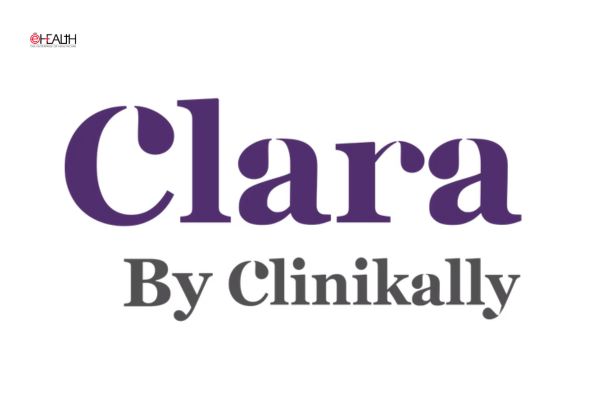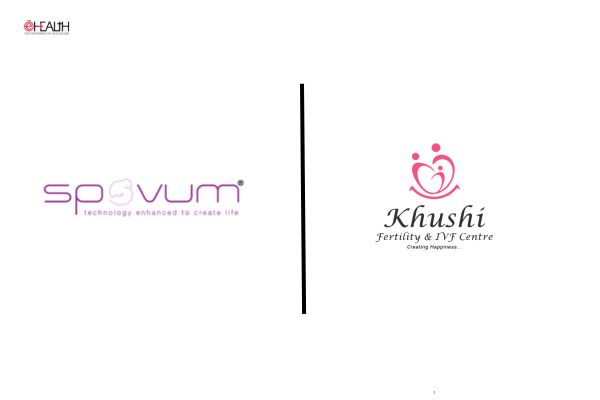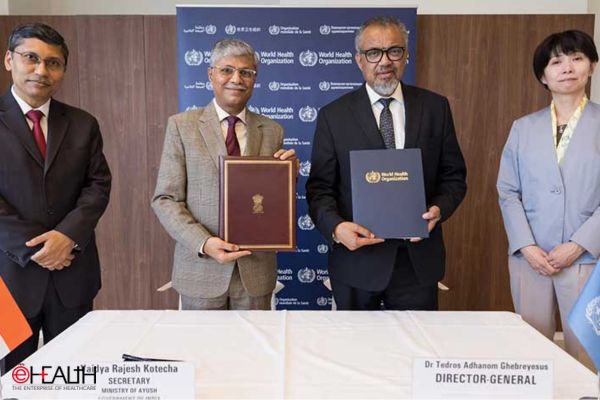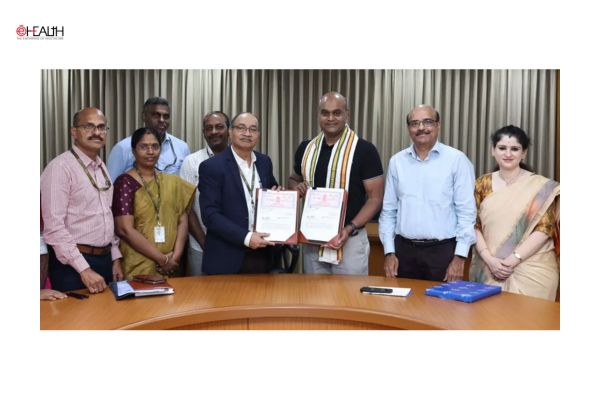
 Prominent public health experts and industry insiders have the opinion that India has to be remained cautious in the method of calculating trade margin rationalisation to avoid implications on its exports of medical devices.
Prominent public health experts and industry insiders have the opinion that India has to be remained cautious in the method of calculating trade margin rationalisation to avoid implications on its exports of medical devices.
Indias Export-Import policy is constantly under the scanner of the South Asian countries and there have been far too many pieces of evidence. For instance, immediately after the price capping of stents by the Indian government, Pakistan, Sri Lanka and Bangladesh followed suit and got a similar line of price control.

In February 2017, India slashed the price of coronary stents by 80 per cent. Immediately, in the same month, Pakistan’s senate committee on health directed the health ministry and the Drug Regulatory Authority of Pakistan to formulate a pricing policy on stents within a month.

Consequently, in April, Bangladesh too joined the bandwagon; the Directorate General of Drug Administration contemplated bringing down the current price by half. Six months later, Sri Lanka followed the suit “ the prices of the bare-metal stent and the drug-eluting stent was reduced at a similar rate.

This clearly proves that any Export-Import policy which GOI will try to implement is clearly pursued by the neighbour ring countries.

Well, in short, India is considering trade margin rationalisation as an alternative mechanism to price control. The medical device industry is concerned whether the calculation will be balanced and agreeable.
A global companys subsidiary should be viewed as a domestic firm, with added costs not borne by the typical domestic firm, for purposes of the Trade Margin computation. Trade margin rationalization should be based on a comparable PTT (Price to trade) and not landed cost basis in the case of imports, as it does not consider other intermediate expenses such as training clinicians on the technology, providing technical support to clinicians or patients for the product, investment on creating therapy awareness and skill development of clinicians, financing sales and collection costs in India, paying Indian corporate taxes, and other normal expenses for developing and serving the Indian market,” said Ritesh K Singh, Public Health Expert and Group Chief Economist, Raymond Limited.
Trade margin rationalization based on Department of Pharmaceuticals report on high trade margin rightly addresses the issue of high trade margin escalation as the reason for MRP (Maximum Retail Price) enhancement. If the trade margin proposal is implemented, it is estimated to reduce the MRP by 73 per cent. This will not only bring inpatient affordability but also allow access to quality healthcare. It will keep the door open for innovation and capability enhancement of the clinicians on newer technologies.
So, adopting the proposal to calculate from the first point of sale would encourage innovation, increase affordable access to quality care, support skilling and training and have a significant impact in reducing prices for patients, thereby enhancing Indias competitiveness edge. This presents a win-win situation for all.
Be a part of Elets Collaborative Initiatives. Join Us for Upcoming Events and explore business opportunities. Like us on Facebook , connect with us on LinkedIn and follow us on Twitter , Instagram.
"Exciting news! Elets technomedia is now on WhatsApp Channels Subscribe today by clicking the link and stay updated with the latest insights!" Click here!
















